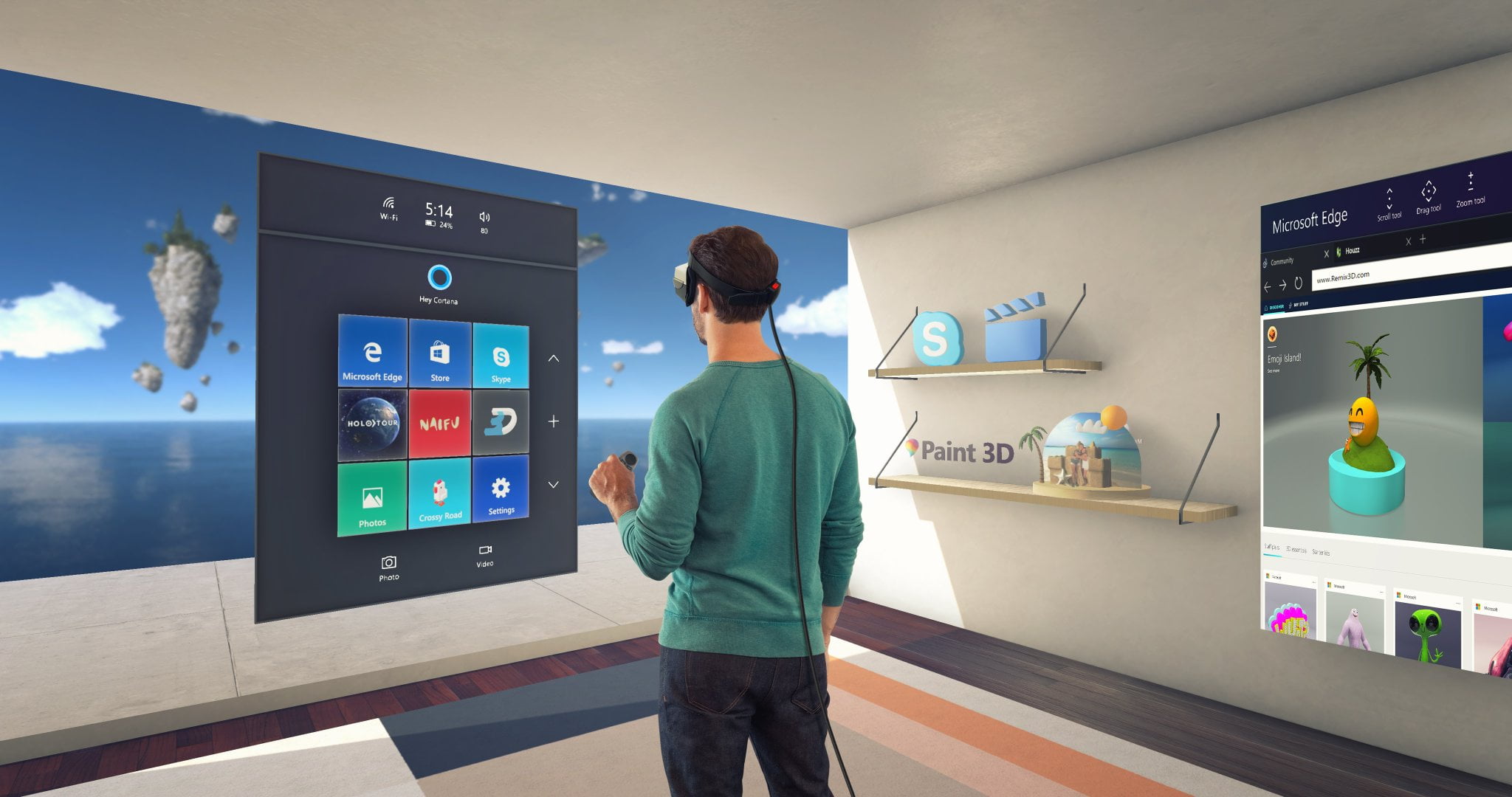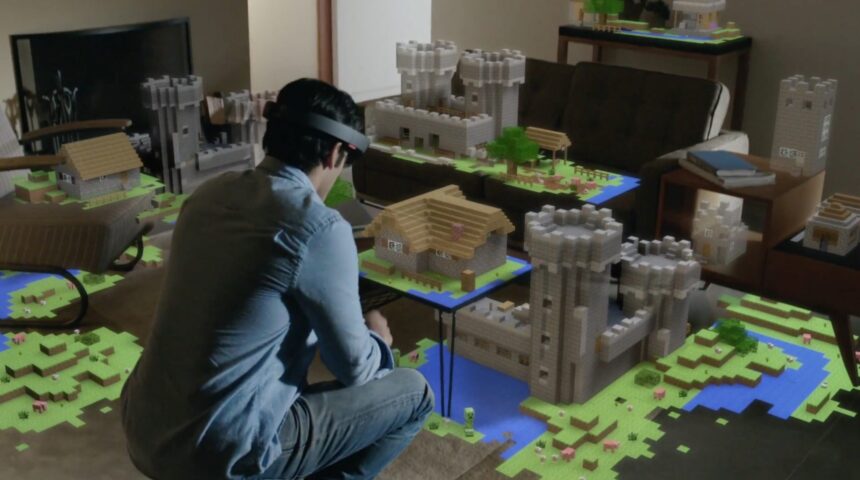Microsoft is reportedly planning a comeback in the virtual reality space, according to The Elec. The company has partnered with Samsung, who will supply “hundreds of thousands” of micro-OLED screens for Microsoft’s new VR headset.
Unlike the HoloLens, this new headset is expected to be more similar to the Apple Vision Pro, focusing on entertainment and gaming rather than work or the “metaverse.” As a result, the device will be aimed more at general consumers than the business market.
Microsoft’s virtual reality headsets put the spotlight on entertainment and video game consumption.
Microsoft faces a challenge as it lacks an operating system tailored for virtual reality. After discontinuing the development of HoloLens 3 and shutting down Windows Mixed Reality, the question arises: what operating system will power Microsoft’s new VR headset?
According to Zac Bowden, Microsoft might turn to Android, similar to what they did with the Surface Duo, rather than using Windows. The existing HoloLens 2 runs on Windows Core OS, which only supports UWP apps. However, under Satya Nadella’s leadership, Microsoft aims to build a robust app ecosystem for general consumers.

Design-wise, recently published patents suggest that Microsoft’s VR glasses could resemble the Apple Vision Pro. They are expected to feature micro-OLED screens and cameras allowing augmented reality experiences by projecting images onto the real world.
Where does Windows fit into Microsoft’s VR headset?
Although Microsoft’s upcoming augmented reality glasses might run on Android, Windows could still play a role. The company is developing a project called “Williams Bay,” which aims to let users run Windows applications from the cloud, making it feel like they’re operating directly on the device.
What’s uncertain is whether this cloud-based Windows experience will be subscription-based, similar to the rumored Windows 365 service for consumers, or if users will be able to utilize their own Windows PCs to power the experience, akin to how the Apple Vision Pro functions.
Williams Bay isn’t just about running Windows apps in the cloud. It will also enable developers to add 3D extensions, tailoring these applications to work seamlessly within Microsoft’s virtual reality environment.
When would they be available?
Microsoft’s virtual reality headset doesn’t have an official release date yet. According to *The Elec*, the earliest it could be available is sometime next year. However, Zac Bowden is less optimistic, predicting a launch window in 2026.





